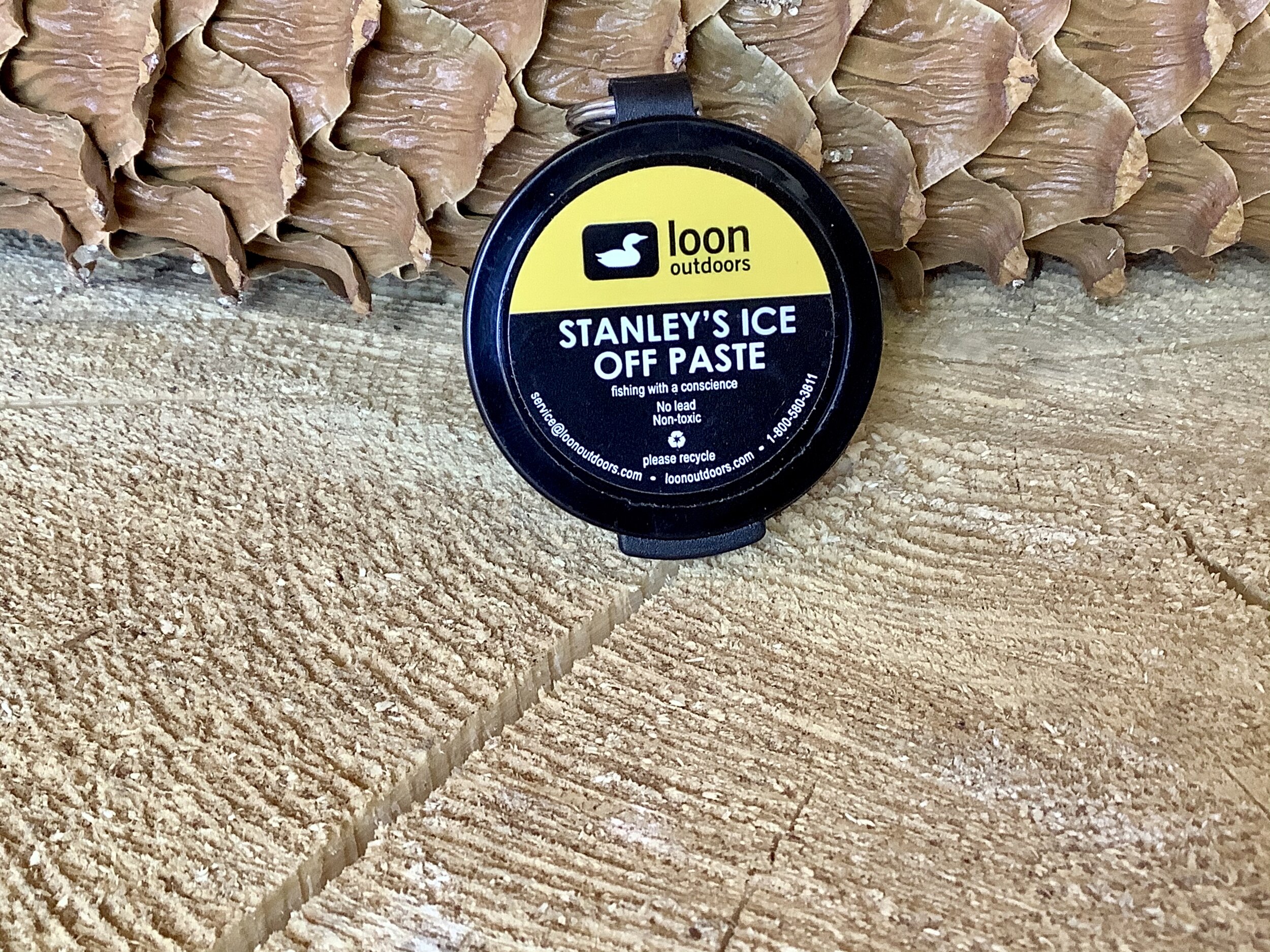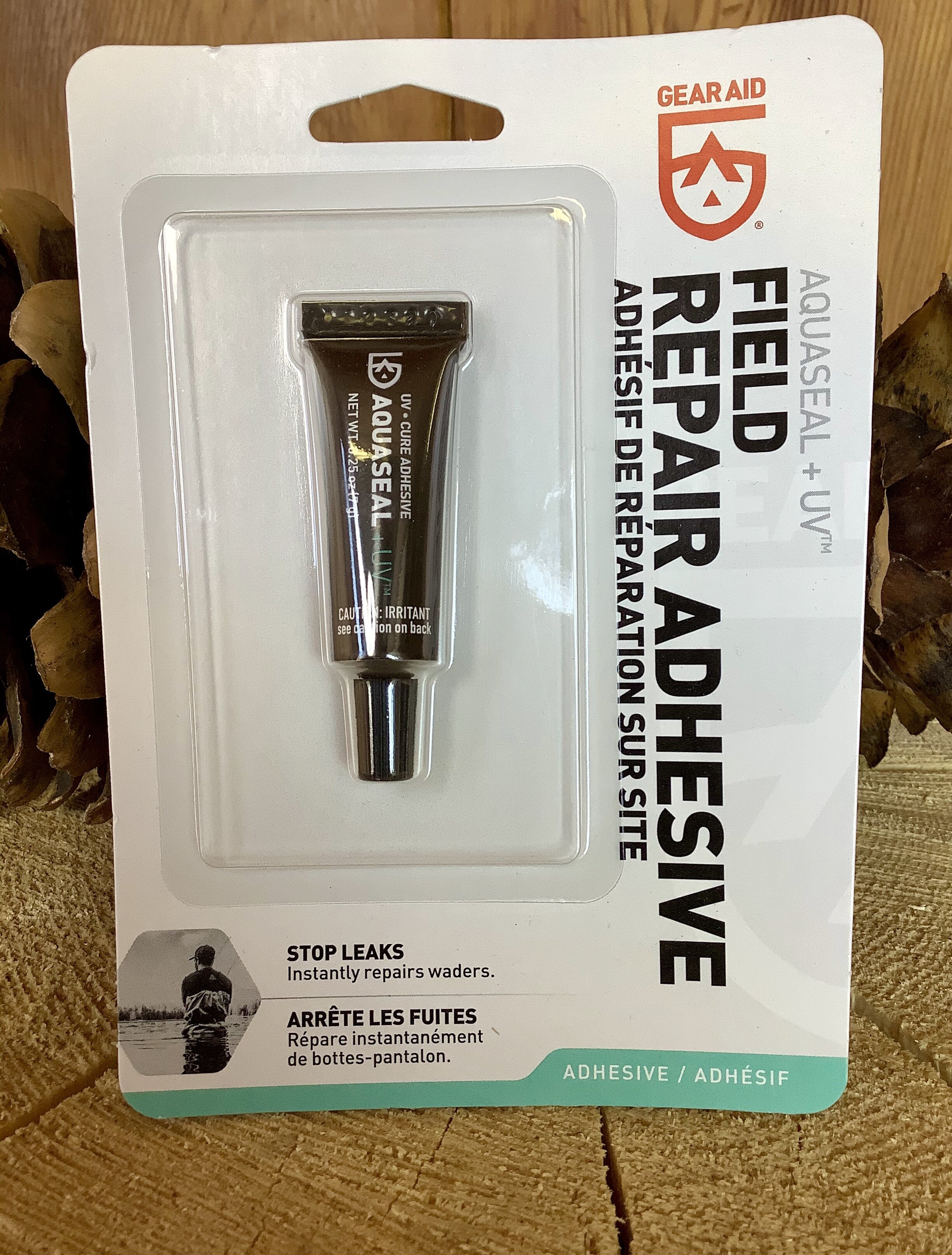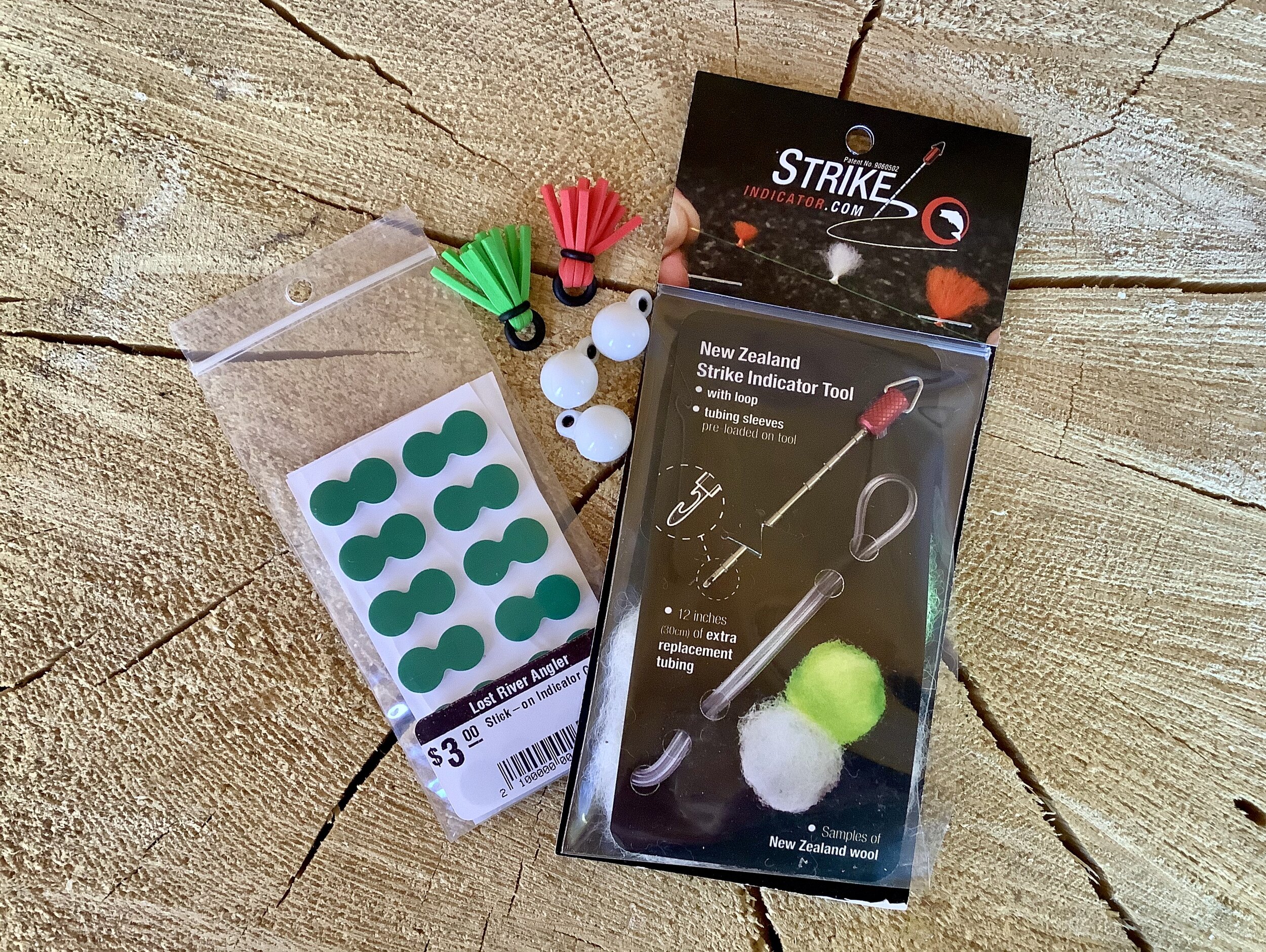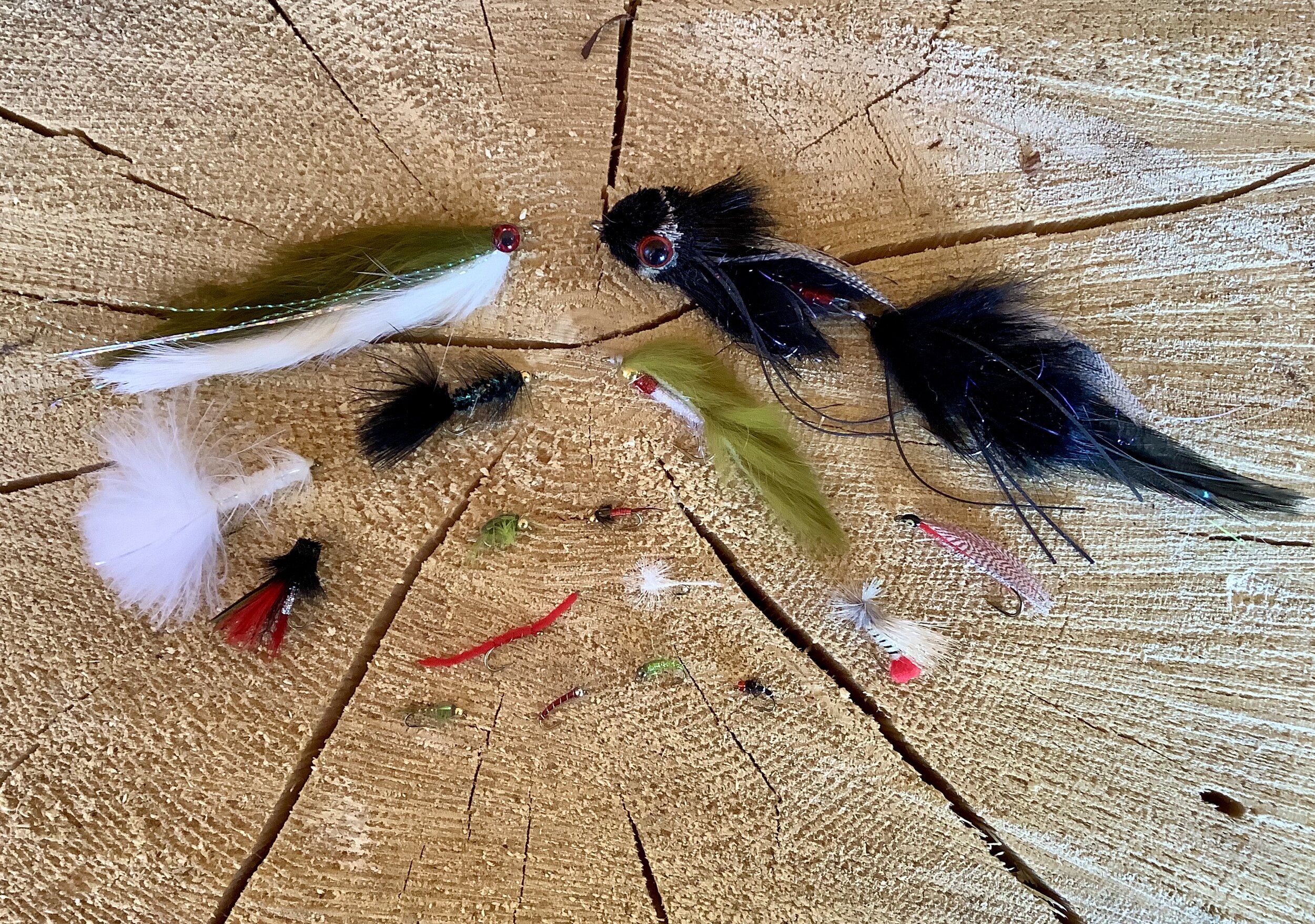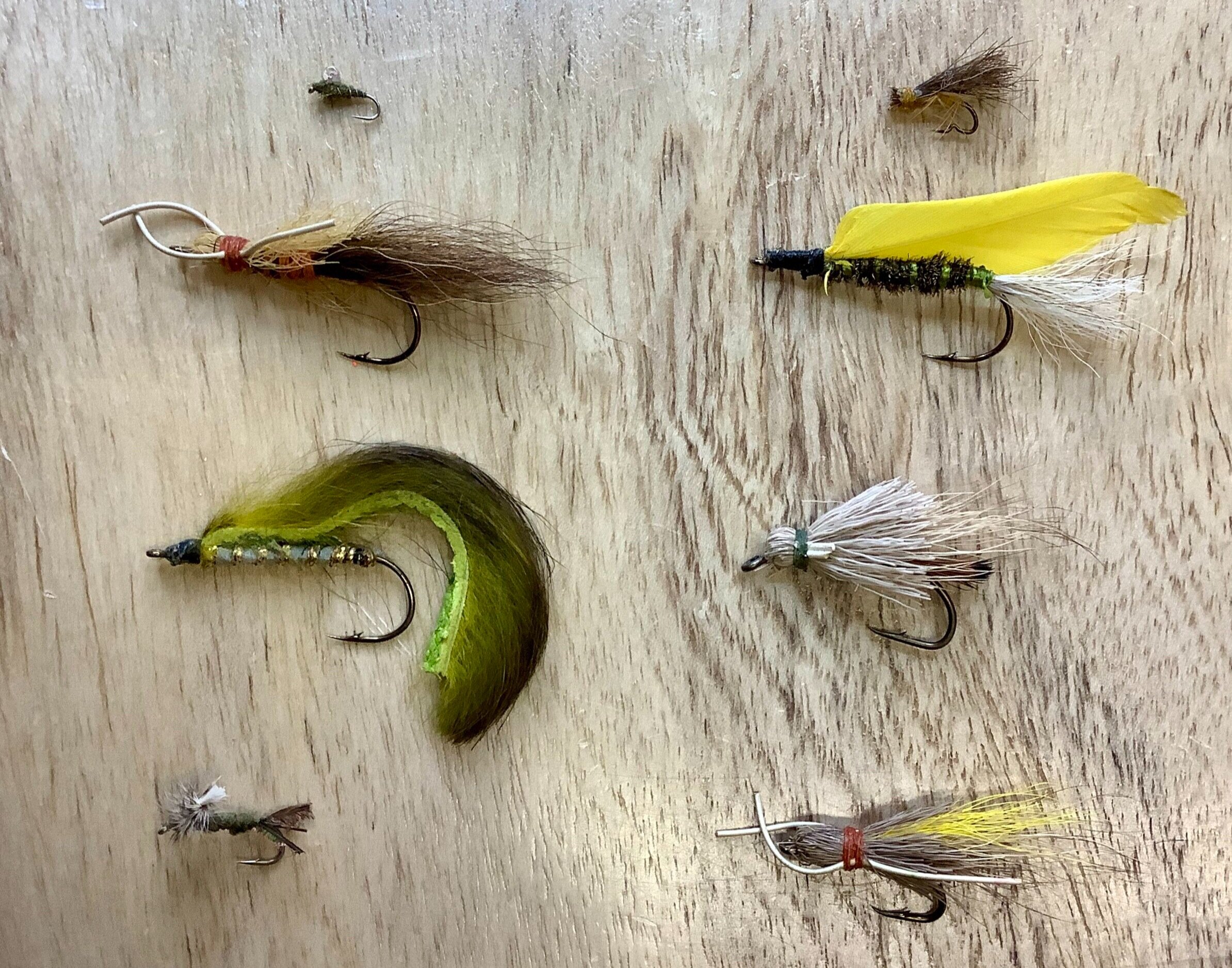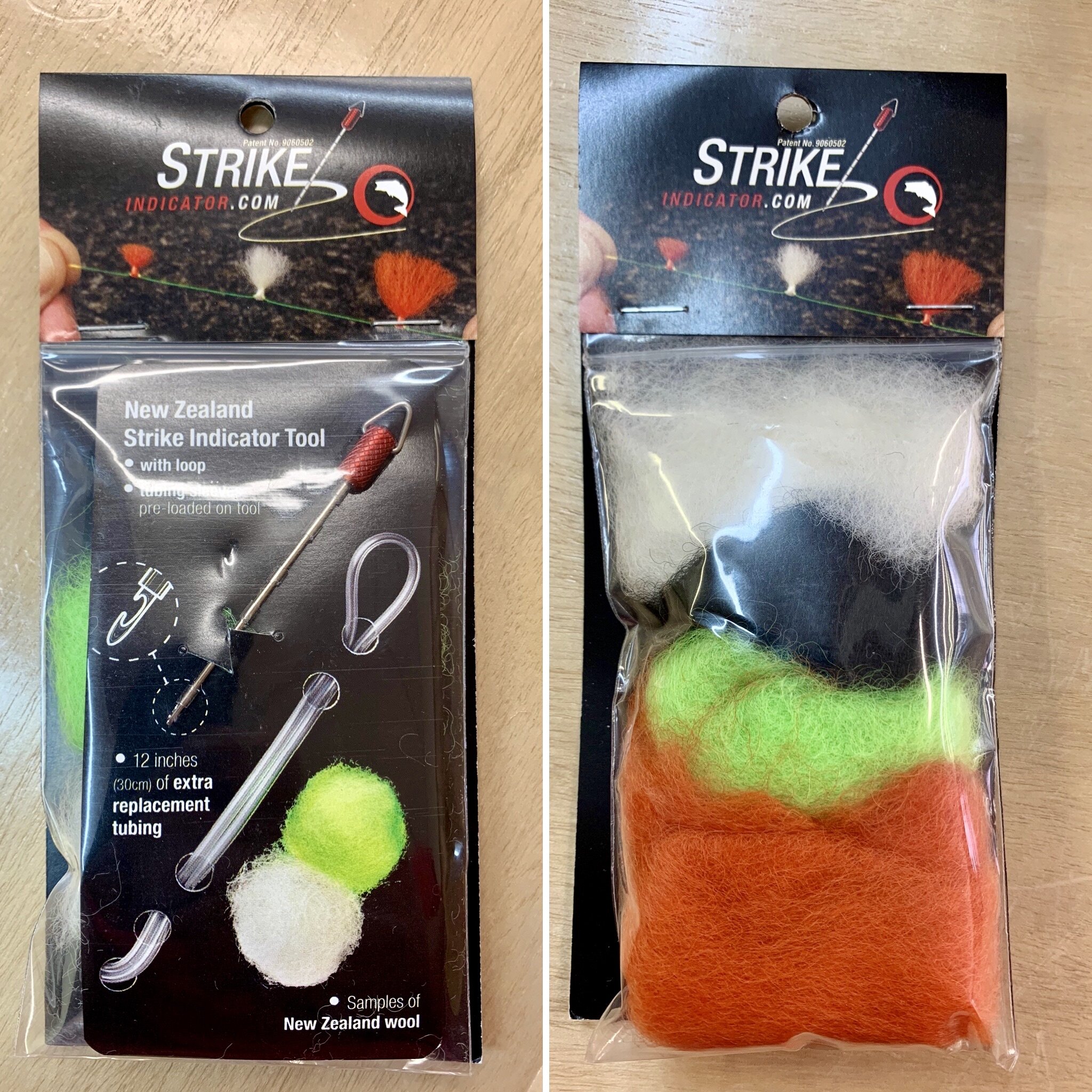Entomology Discussion
Alright lads and lasses. With the end of the summer season approaching us here in the Northern Hemisphere, I hope you all have had a phenomenal fishing season thus far. The nighttime temps are starting to drop into the upper 30s, and the fish are staying in their jammies until mid-morning. That said, my local rivers and lakes are beginning to see their seasonal changes. The Lakes are beginning to turn over, fall colors are about us, and the Fall fishing is HOT!
As the water temps drop, so too does the bug activity. Long over are the days of the incredible Stoneflies, Not to mention the sometimes literal clouds of Tricos. If there is one last hurrah, one hatch that could be considered a Trout’s final big meal of the season, It would be the October Caddis, Latin Dicosmoecus.
October Caddis’ are a member of the Limnephilidae Family. Members of that family tend to be large casemaker caddisflies. As such, they will make their larval/pupal homes out of surrounding small gravel and/or grass reeds or very small twigs. October Caddis are predominantly found in rocky-bottomed, fast-moving, freestone streams. They are bright yellow to orangeish in color and can be as large as 25mm long as adults! You’ll find them hatching in the afternoon/early evening hours.
Caddis taken from the Beaver River
If you find yourself lucky enough to be on the water when these behemoth Caddis are hatching, I hope you have on hand flies to meet the challenge. An Elk hair in a size 8 tied with a bright orange body is a good baseline. One of my Go-TO patterns is the Neversink Caddis, tied in size 8 or 10. Make sure to have an orange body and dark wing. When fishing, a good technique is to skate the caddis downstream. You can do this by casting down and across the river/stream and keeping your rod tip high. At this point, wiggle the rod tip in a slight side-to-side motion being sure not to lift the fly off of the water. When done correctly, the fly will skate across the water in a waking fashion. This gives the impression of a caddis running on the water's surface and can cause some wickedly aggressive takes. That said, there is absolutely nothing wrong with a good upstream cast and dead drift through a pool, riffle, or seam.
So…as the season is coming to a close, Get out there! There are still great opportunities to get into some epic days on the water and wet a line. The fish are trying to put on whatever feedbag they can before the harsh cold of winter sets in.
Take advantage and tight lines.
Cody Prentice
Lost River Angler




